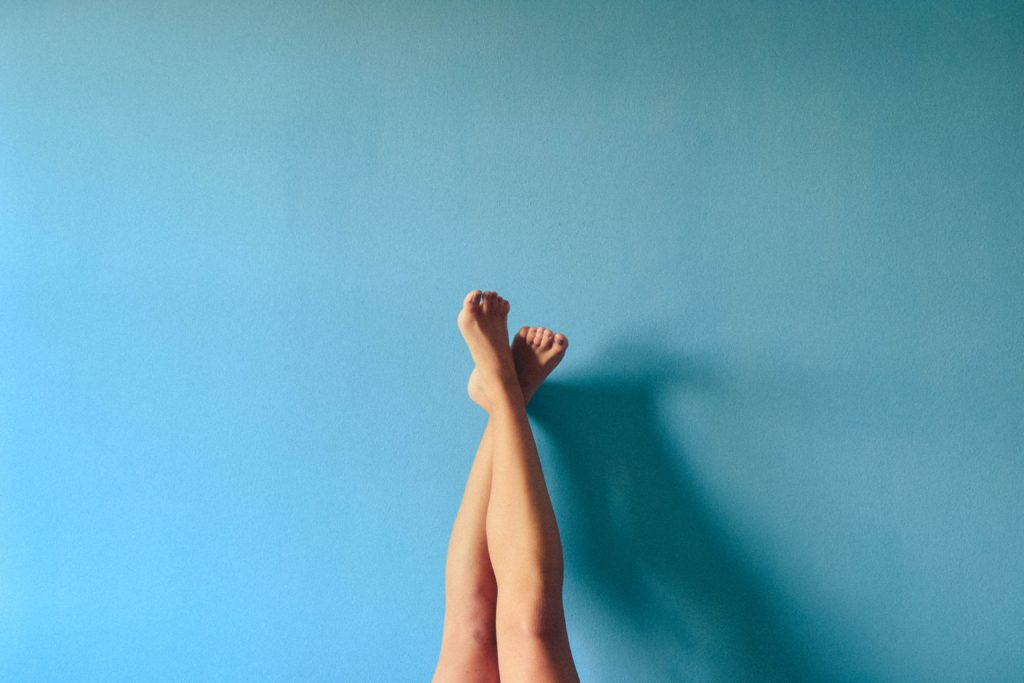Exercise Can Help!
When a patient comes to our physical therapy clinic with lower back pain it is standard protocol to take a thorough history and complete a neurological exam. This is especially important if the patient has leg pain, tingling or numbness in one or both legs referred from their lower back. During the history, the patient will often report an increase in symptoms in their legs at night in bed. They report pain, tingling, a need to constantly move their legs. While some of these symptoms are associated with lower back pain and “sciatica” others, such as the urge to constantly move the legs, is not. This may be a symptom associated with another problem such as restless legs syndrome or RLS.
Recently, more information has become available on restless legs syndrome (RLS). According to the RLS Foundation, RLS is a neurological condition suffered by approximately 10% of the population in the United States. It is considered a central nervous system disorder. There are many manifestations of this disease. Some people suffer only mild symptoms creating urges to move their legs in bed at night. Others suffer severe symptoms of uncontrollable urges to move their legs sitting or lying. The problem may lead to insomnia, disrupted sleep, distress and fatigue.
Two main types of RLS
Genetic among first-degree relatives: This type develops earlier in life and the symptoms are more severe. There is also an iron deficiency associated with genetic RLS.
Non-inherited or idiopathic. This type is more associated with aging. There are several criteria to diagnose RLS. Also, there are medications and other treatment options available for RLS. Exercise, including stretching, walking and weight-training can be very effective.
Diagnosis
The RLS Foundation’s 4 Criteria for Diagnosis of RLS:
- Strong Urge To Move The Legs – to the point that you may not be able to resist the urge. Other components to this urge are described as: creeping, itching, pulling, creepy-crawling, tugging, and gnawing.
- Symptoms Begin or Worsen At Rest – the longer one rests, the more likely the symptoms with develop. The longer the rest, the more severe the symptoms.
- Symptoms Dissipate With Movement – partial or complete relief of symptoms is noted with movement and lasts as long as there is movement.
- Symptoms Are Worse In The Evening – and lying down is the worst position.
Treatment
Medication – 2 FDA- Approved Dopaminergic Agents
- Requip (Ropinirole Hydrochloride)
- Mirapex (Pramipexole Dihydrochloride)
Behavioral Management
- Good Sleep Habits – adhere to a good sleep schedule, not pets in bed, no TV in bedroom, no exercise or physical activity at night but stretching leg muscles before bed may help
- Relaxation Techniques – classical music, meditation, prayer and try progressive muscle relaxation techniques (PMR) using YouTube videos
- Yoga
- Very Hot or Very Cold Baths – see which one works best for you
- Massage
- Acupuncture
- Diet – eat well and avoid: nicotine, caffeine, alcohol, most antidepressents, antihistamines, most anti-nausea agents, most antipsychotics
- Journal – keep a log of diet and activity and see if you can establish a cause and effect
- Exercise regularly - in the morning or early afternoon (but not too close to bedtime):
- Stretch – AFTER you warm up – concentrate on the vulnerable muscles – stretch slowly, hold for 10 seconds, slowly release, and repeat
- Hamstring – feel pull in back of thigh
- lying on floor in doorway, extend one knee and rest heel on wall
- standing – lock knees and touch shins/toes
- Calf – feel pull in back of knee and lower leg
- stand and lean into wall with one leg back while keeping your heel down
- Quad – feel pull in front of thigh
- stand grab onto foot, bring heel to buttocks while extending hip
- repeat while sitting on ground
Strengthening & endurance exercises
- Get your physicians approval
- Consult with a physical therapist to set up a program for your needs
- AEROBIC EXERCISE:
- Buy good running sneakers – not walking shoes
- Plan to exercise 3-5 times per week for 30-35 minutes
- Walk for aerobic fitness
- Begin 5-10 minutes and add 1-2 minutes each session
- Walk in a mall if it is too hot or too cold
- WEIGHT TRAINING:
- Use light dumbbells, sandbag weights and resisted bands
- Begin with 5-10 repetitions and add 1-2 reps each session
- Alternate weight training days with walking days
Sources: RLS Foundation, Rochester, MN & Today in PT - May 2007
Read Dr. Mackarey’s Health & Exercise Forum – every Monday
This article is not intended as a substitute for medical treatment. If you have questions related to your medical condition, please contact your family physician. For further inquires related to this topic email: drpmackarey@msn.com
Paul J. Mackarey PT, DHSc, OCS is a Doctor in Health Sciences specializing in orthopaedic and sports physical therapy. Dr. Mackarey is in private practice and is an associate professor of clinical medicine at GCSOM.
For all of Dr. Mackarey's articles visit MackareyPhysicalTherapy.com

